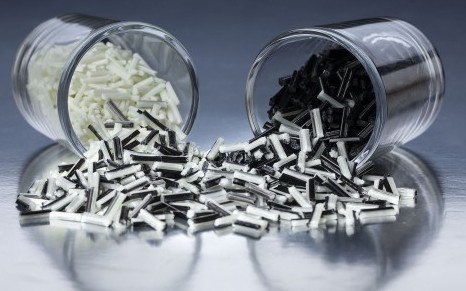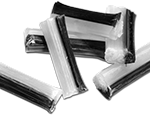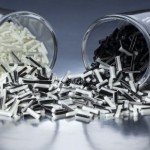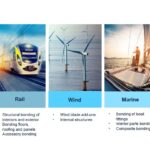PlastiComp, Inc. has developed an innovative set of hybrid thermoplastic composites that combine long glass fiber and long carbon fiber reinforcement together in a single, ready-to-mold composite pellet. The new products expand the performance range of long fiber material options available to product designers while offering a cost effective avenue to adopt the high performance capabilities of carbon fiber.
Hybrid Long Glass+Carbon Fiber Reinforced Thermoplatic Composites“PlastiComp’s new hybrid long glass+carbon fiber reinforced products really hit a sweet spot that nicely bridge the performance gap between using either of these fibers by themselves,” said Eric Wollan, business development manager at PlastiComp. “The carbon fiber significantly boosts strength and stiffness while the glass fiber allows the toughness that many choose LFT materials for to be retained. Strength and toughness are key long fiber attributes that can’t be achieved in unison with other reinforcement methods.”
A nylon 6/6 hybrid 40% long glass+carbon fiber reinforced composite with 20% carbon fiber and 20% glass fiber has a tensile strength of 41,200 psi (284 MPa), which is 96% that of an equivalently loaded long carbon fiber material and 24% higher than a similar long glass fiber material. It possesses a flexural modulus of 2,600 ksi (17,931 MPa), which is 87% that of carbon and 86% higher than glass. The inclusion of long glass fiber allows the material to retain 78% of the un-notched impact capability of glass at 18.8 ft-lb/in (1,004 J/m), which is a 25% improvement over carbon alone.
Fonte: PlastiComp













